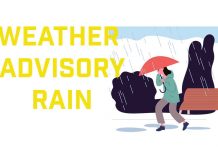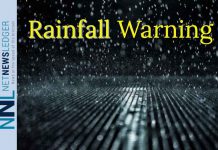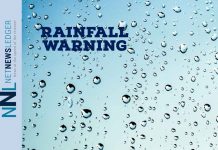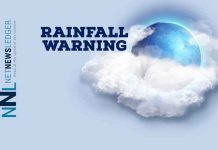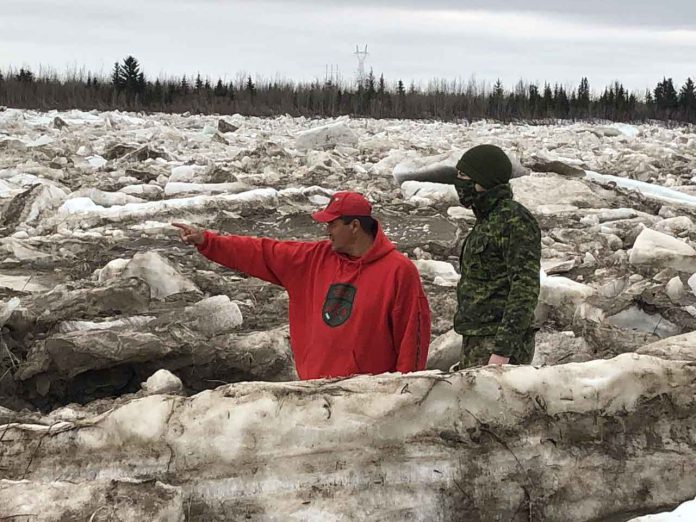
Flood Risk for Kashechewan Low
By Sgt. Peter Moon
The risk of flooding for several First Nation communities on the Hudson Bay and James Bay coast has greatly diminished, according to a senior Canadian Army officer.
“At this time it appears that all the rivers on the coasts are at low risk of flooding,” said Major Charles Ohlke, a company commander with 3rd Canadian Ranger Patrol Group, which commands the Canadian Rangers in the Far North of Ontario. “That’s a combination of the river monitoring that Rangers have done themselves in their communities, monitoring the break-up as it progresses, as well as reports from the Ministry of Natural Resources and Forests, who are our provincial partners.”
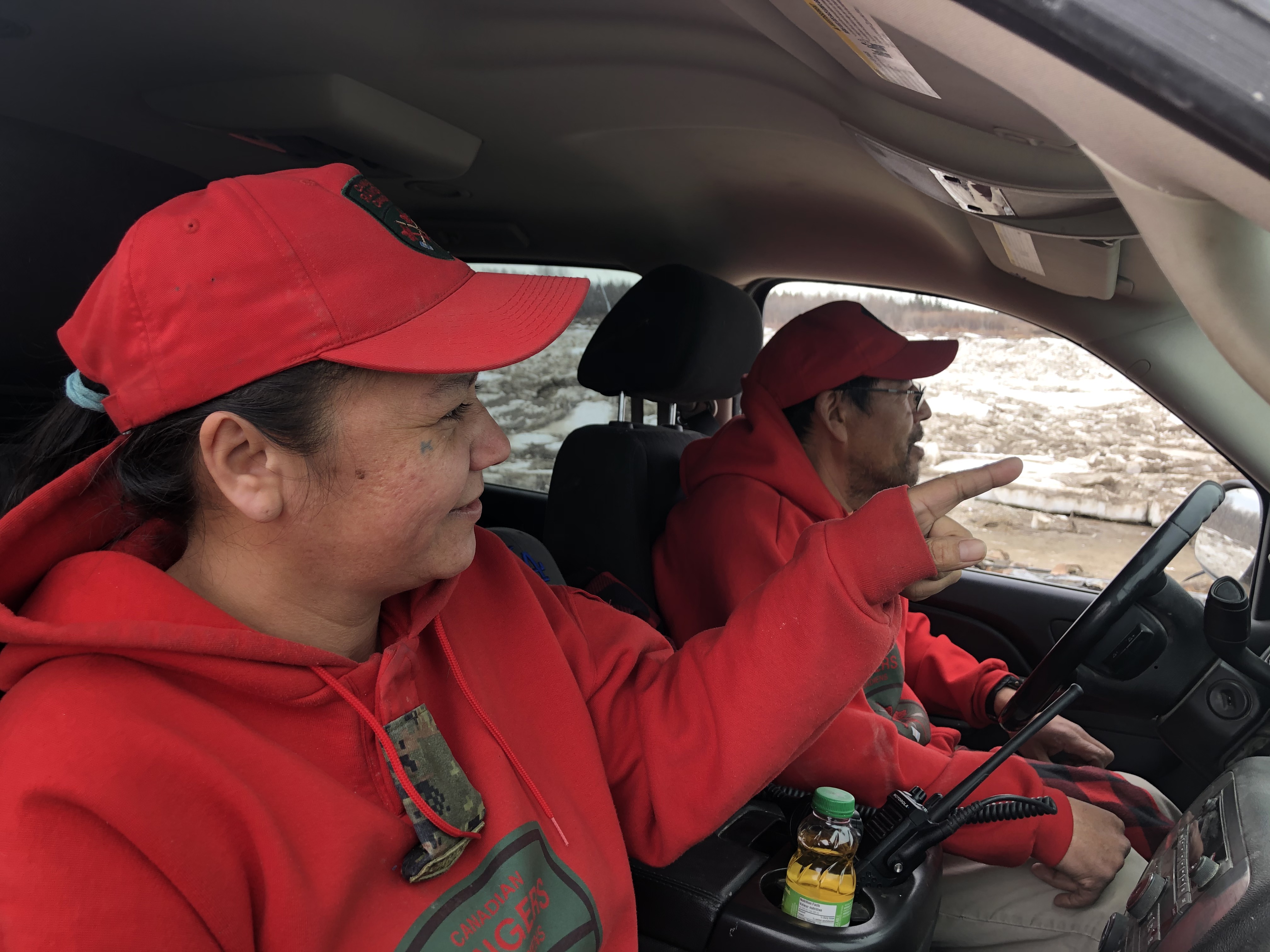
Warrant Officer Carl Wolfe
Because of the Covid-19 pandemic, there are currently about 160 Canadian Rangers on full-time active service in 30 remote and isolated communities across the Far North of Ontario. Rangers, who are part-time army reservists, are providing a range of supports for their Cree, Oji-Cree and Ojibway communities.
Several communities, such as Kashechewan, Attawapiskat, and Fort Albany, have had to be evacuated in recent years because of flooding during the spring break-up.
For the Rangers, monitoring water and ice conditions has been a major task during the break-up season.
“They are continually busy,” Major Ohlke said. “They are engaged in liaison tasks with their local chief and council. That means that they are a link for us with the local government and allow us to understand if there are needs or requests for support from the Rangers or the Canadian Army. They are performing a myriad of tasks for their communities.
“In the interactions, I’ve had with the chiefs and councils they’ve been very glad to have the Rangers on hand.”
Ranger duties have ranged from mounting several life-saving search and rescue missions for missing people to cutting wood and distributing it with food and water to the elderly and disabled.
“In many communities, Rangers have assisted in the spring hunt by transporting, preparing, storing, and distributing traditional food,” Major Ohlke said.
They have conducted wellness checks, provided information on Covid-19 precautions such as handwashing and maintaining correct social distancing, provided activities for youth, helped unload and distribute freight from aircraft, helped screen air passengers, conducted bear patrols, and harvested and distributed traditional medicines.
“Whatever they can do for their communities they are doing,” Major Ohlke said. “They are providing a real service. I think they are doing a great job and I am immensely proud of their service.”
(Sergeant Peter Moon is the public affairs ranger for 3rd Canadian Ranger Patrol Group at Canadian Forces Base Borden.)


